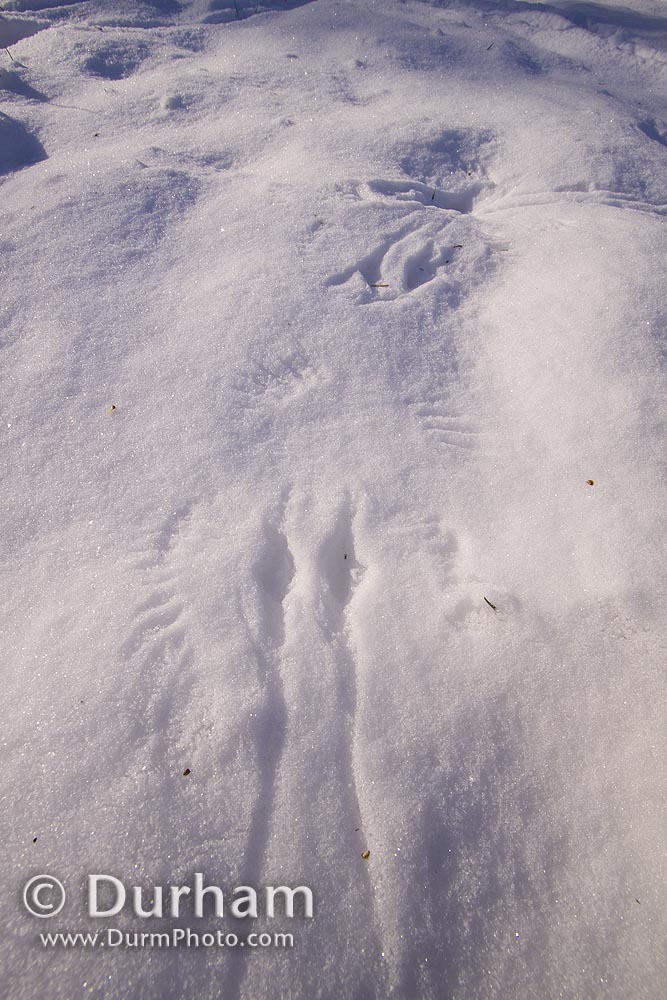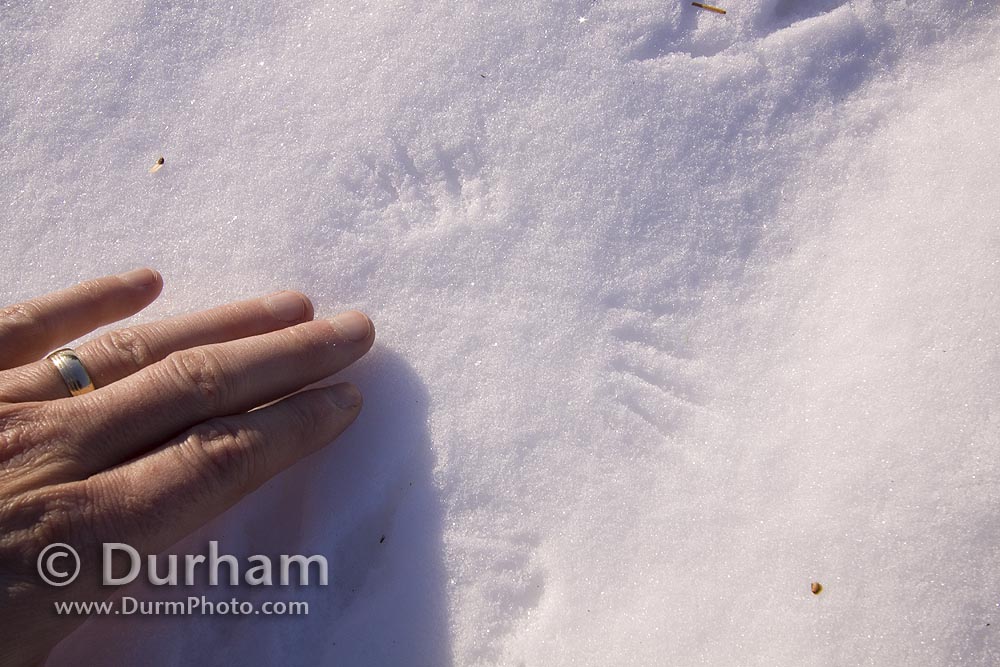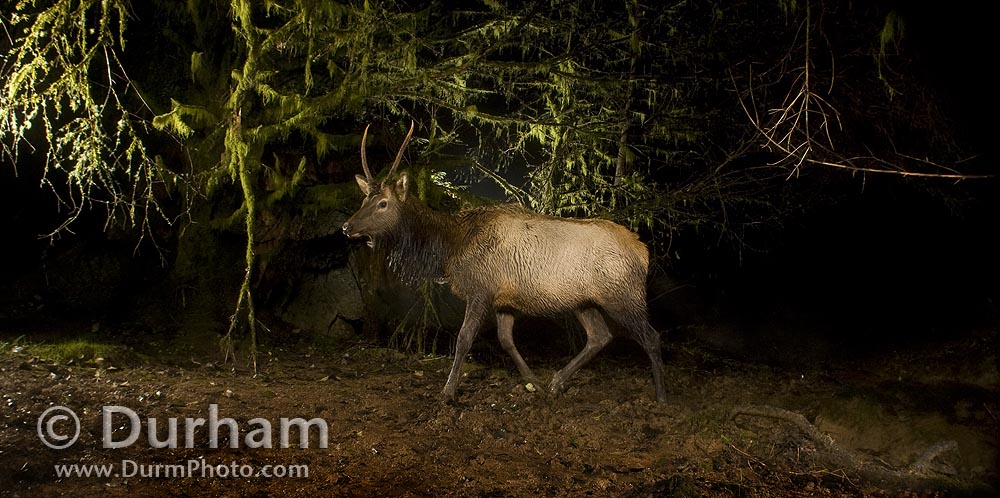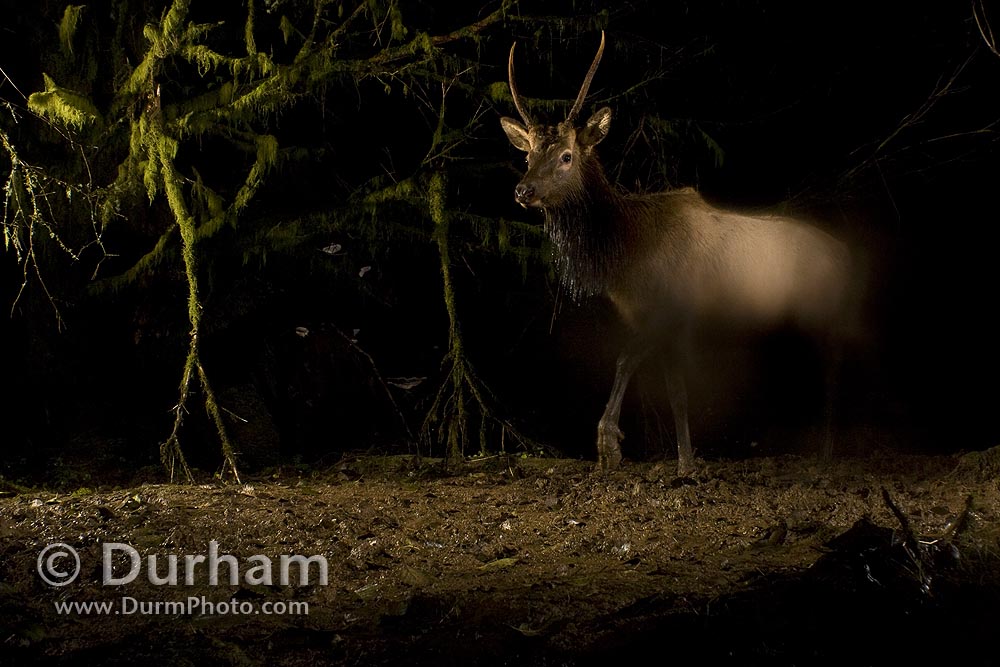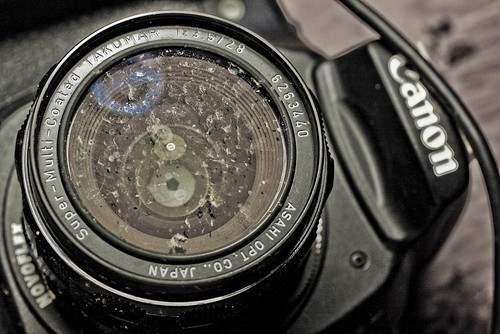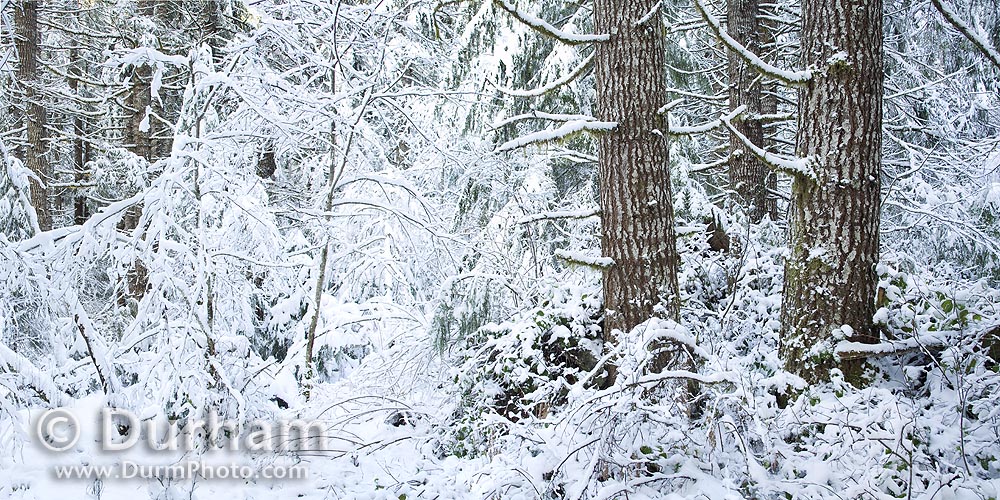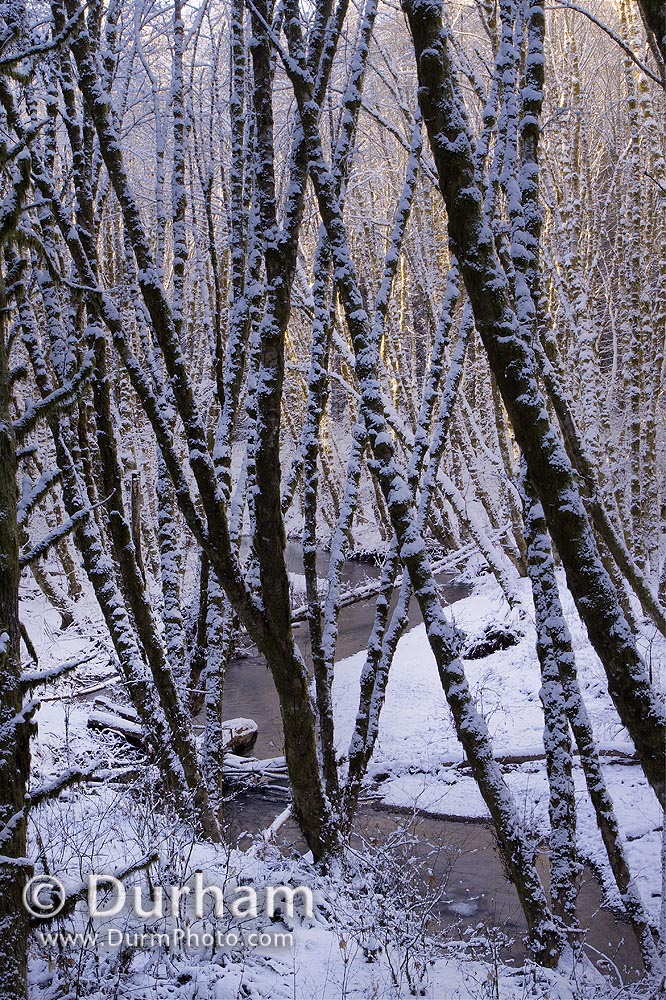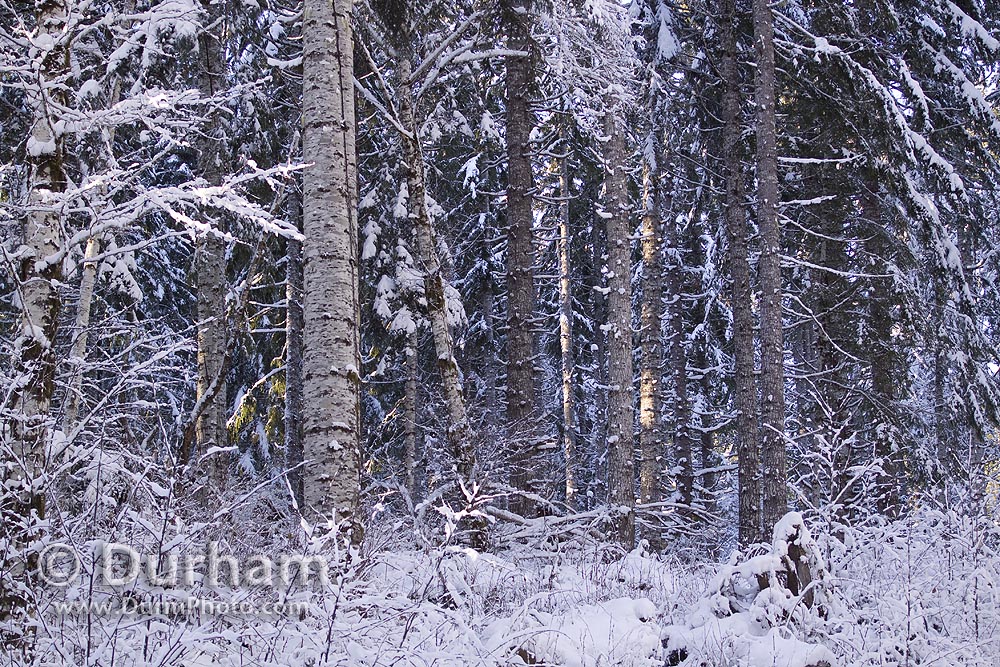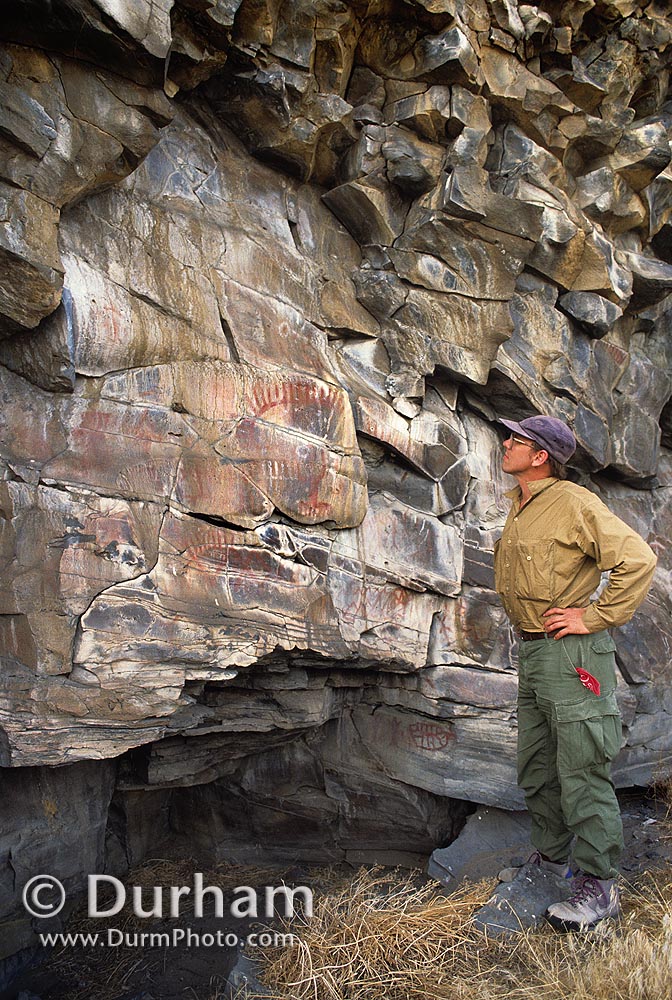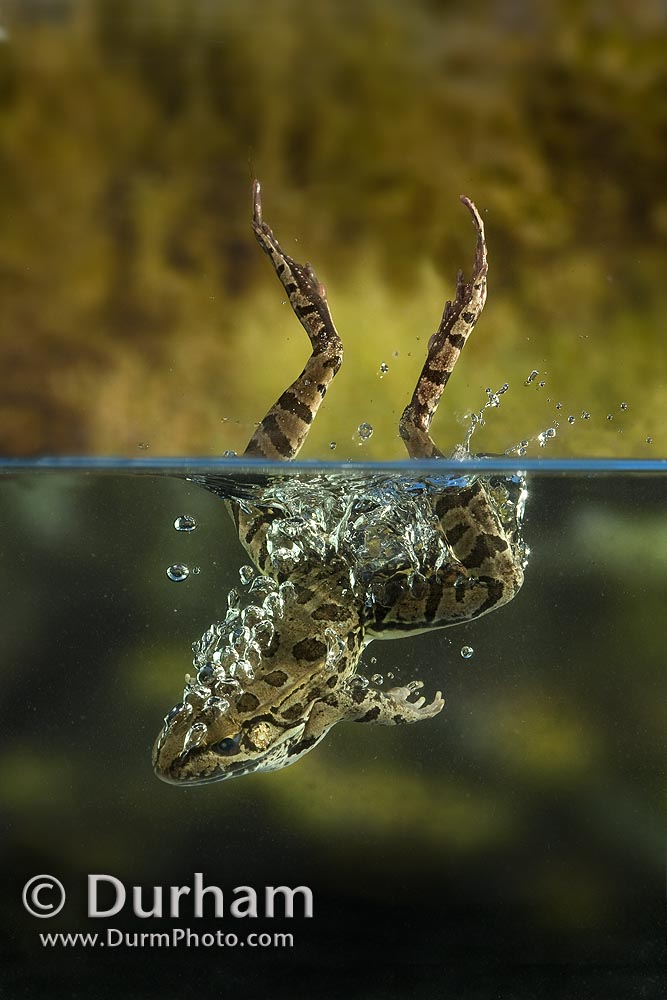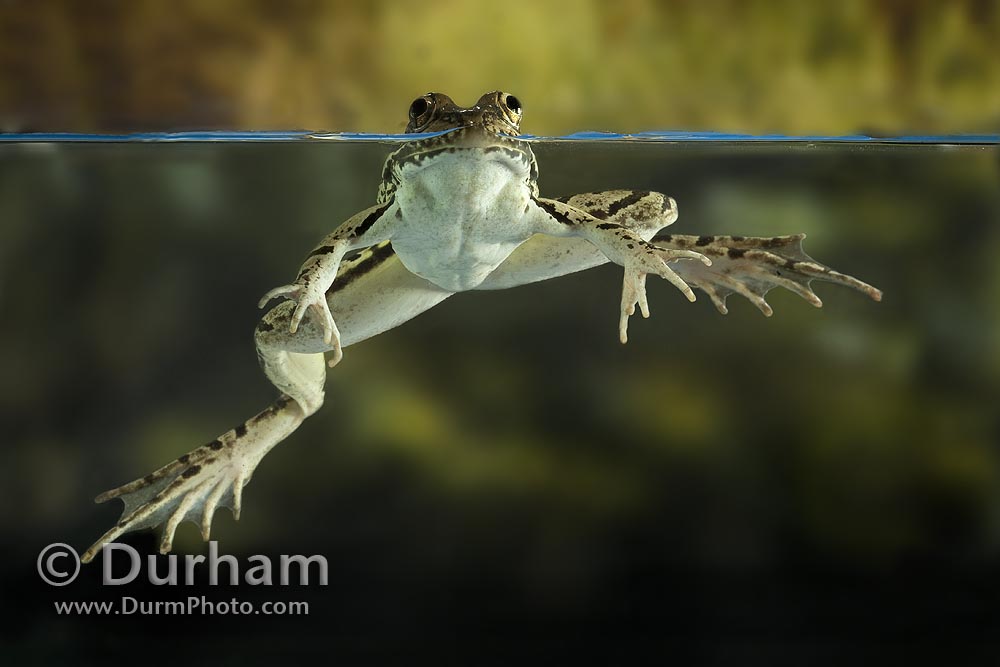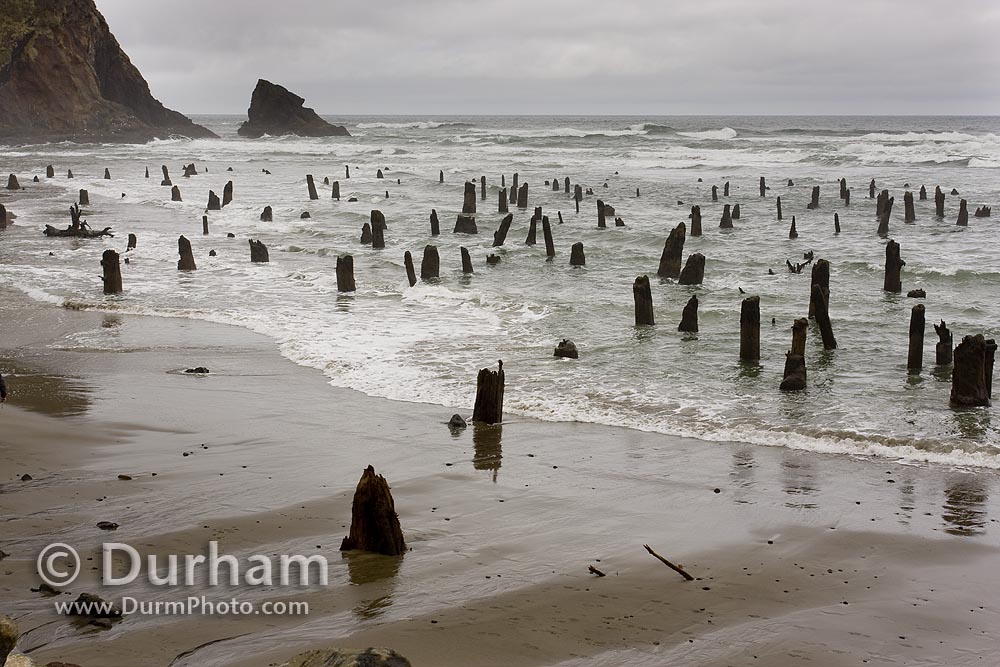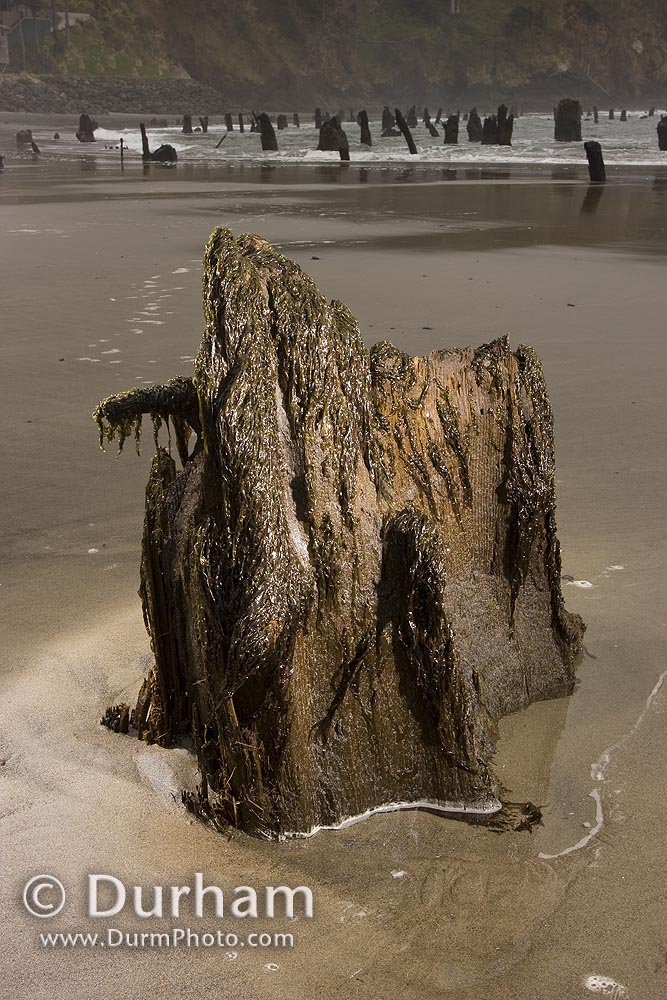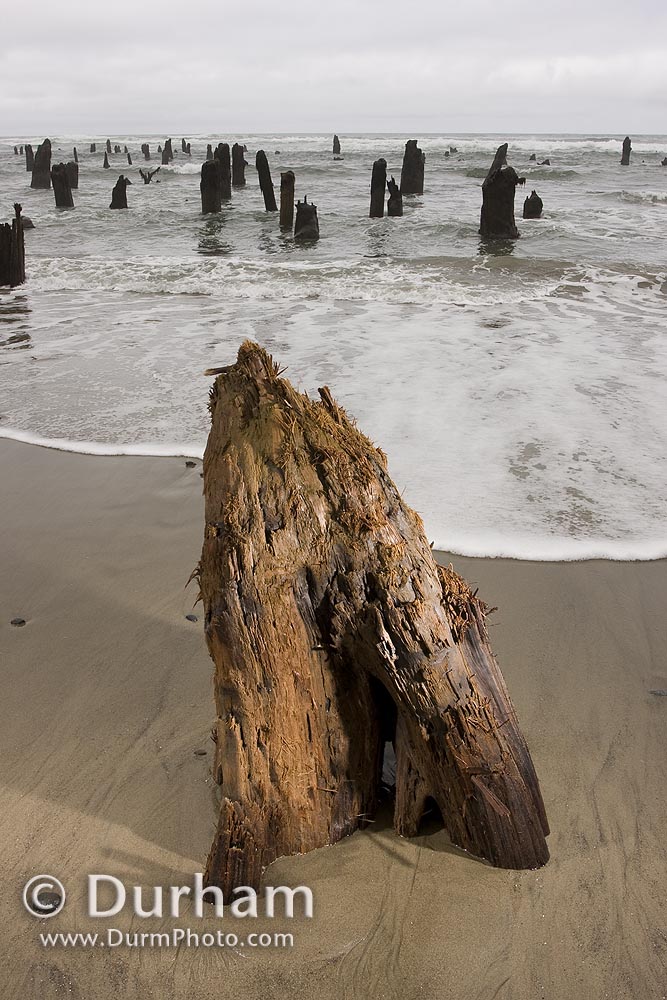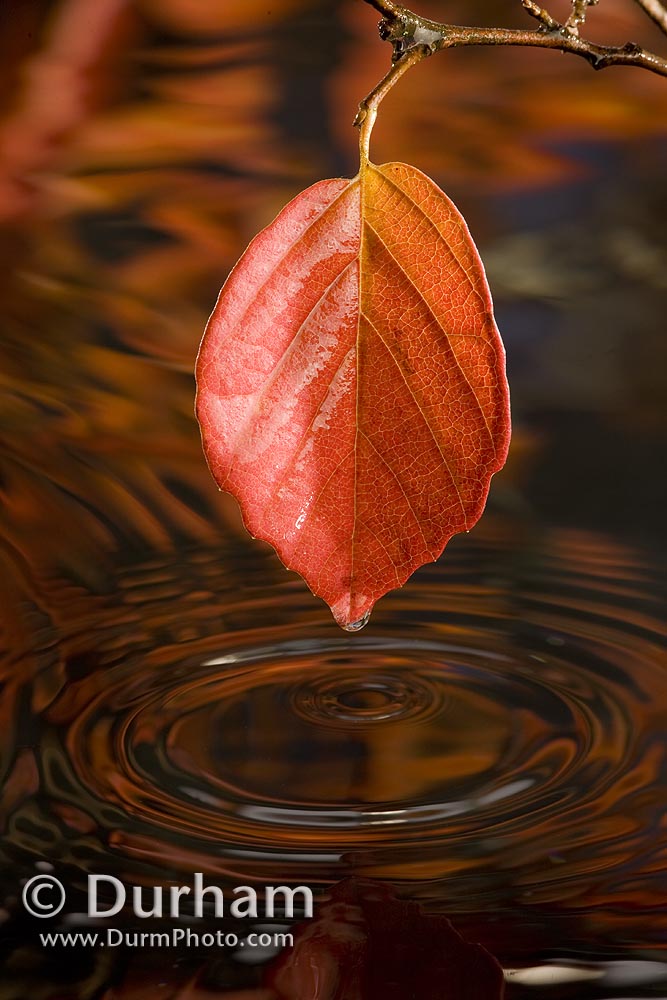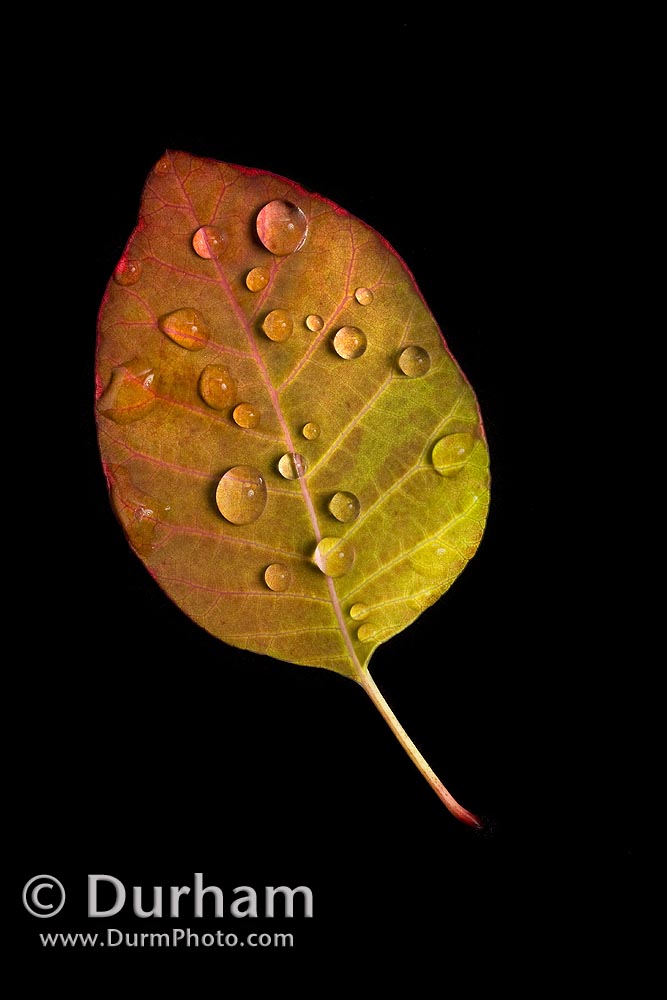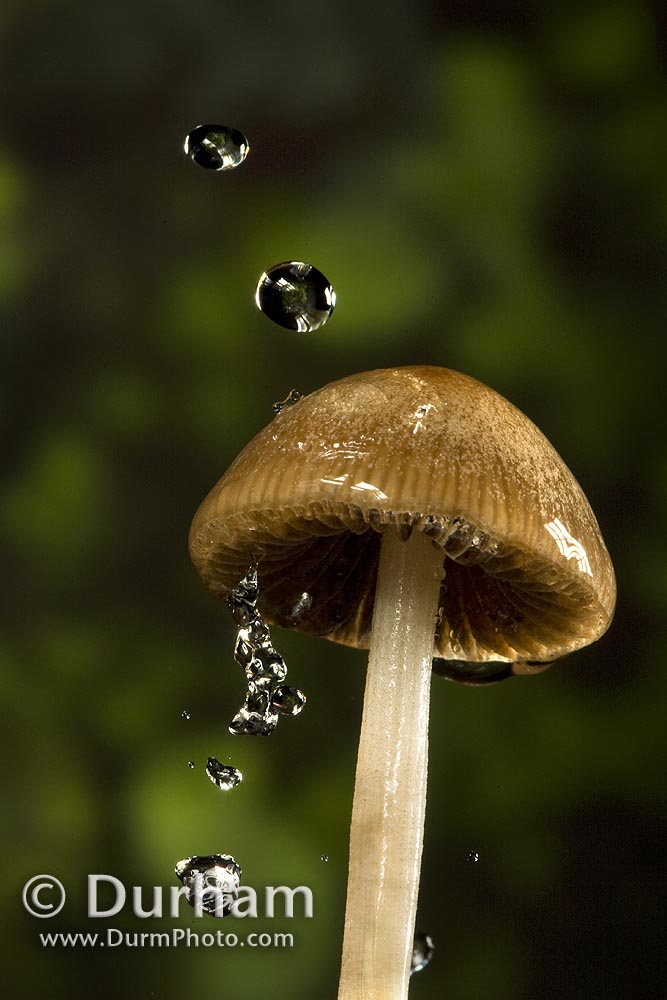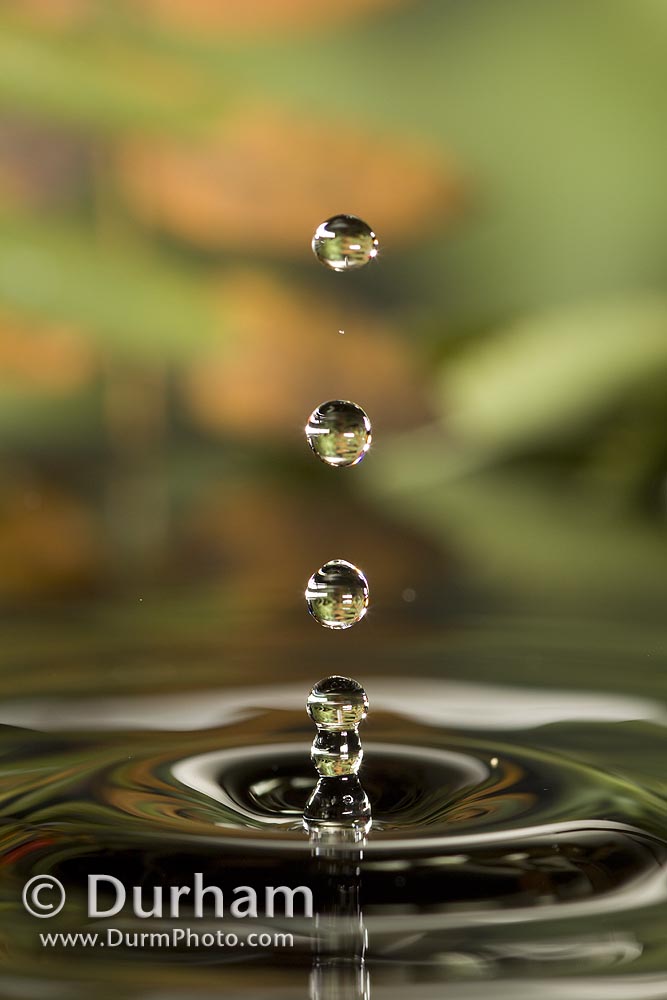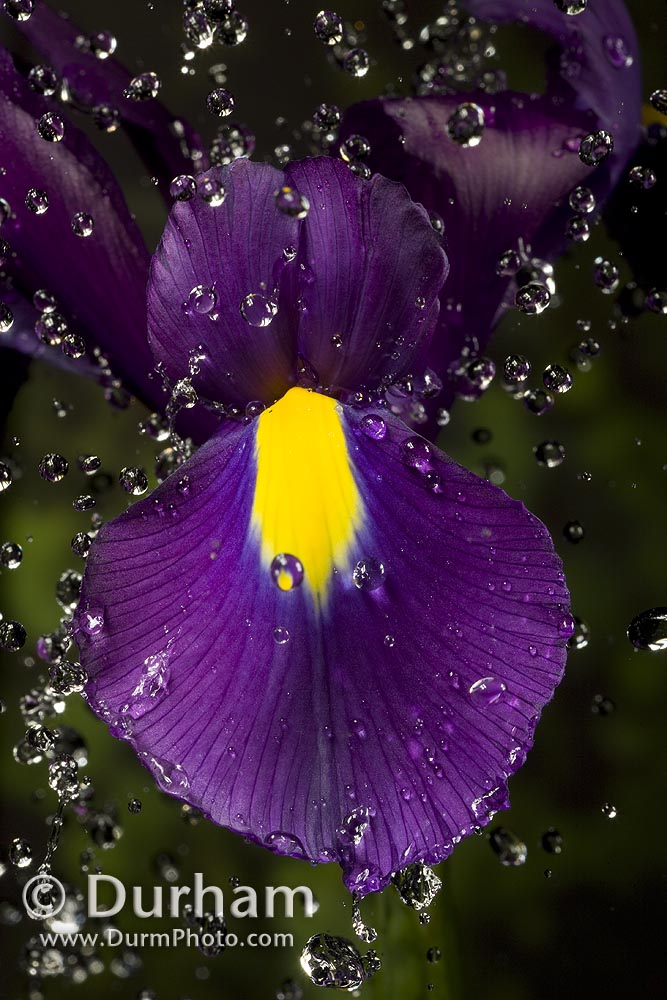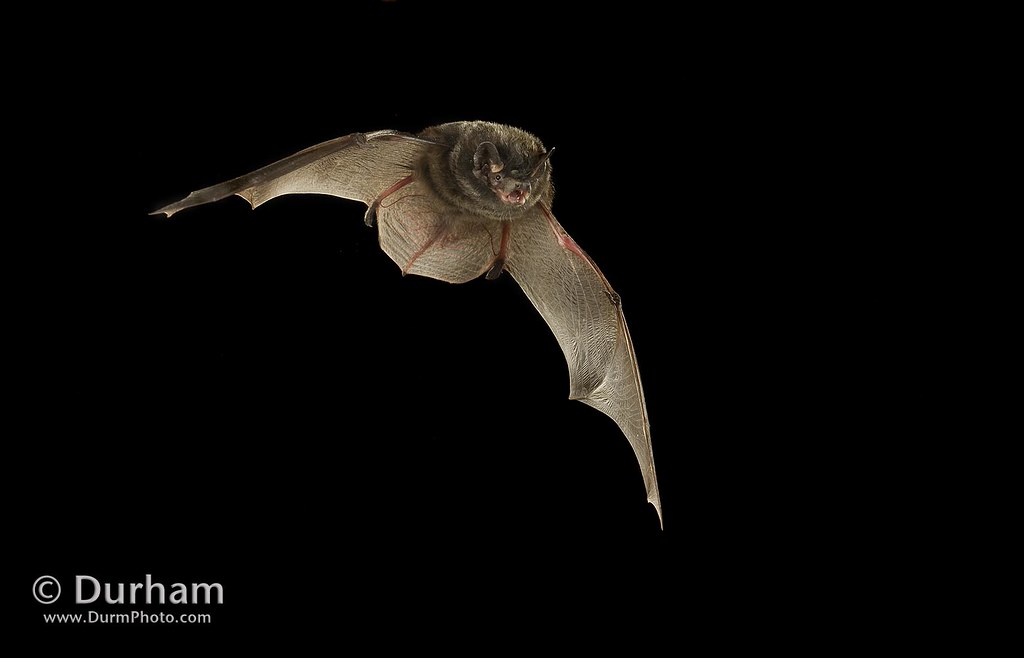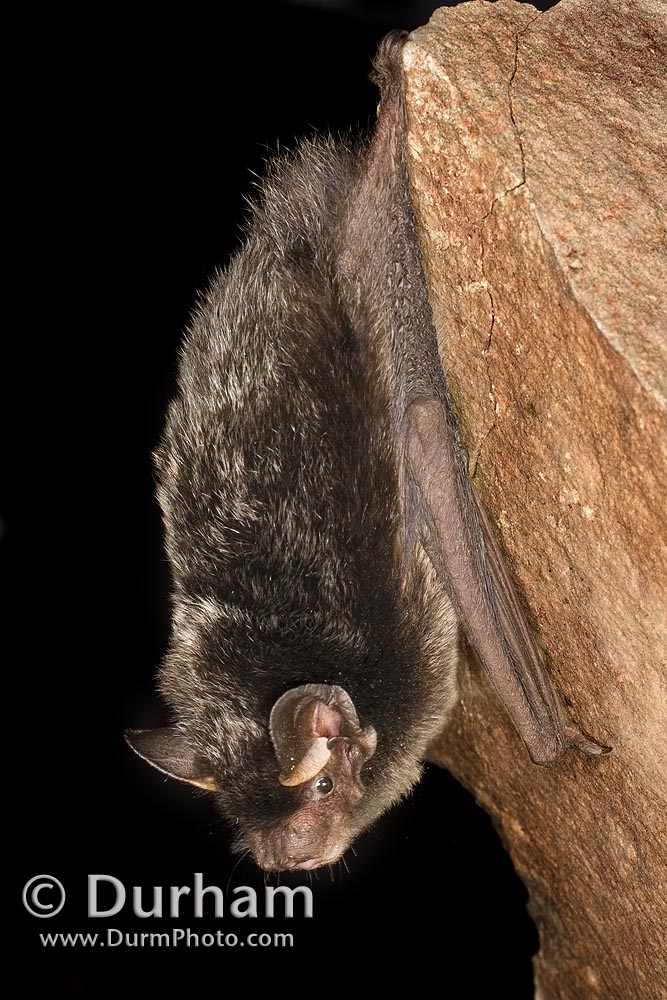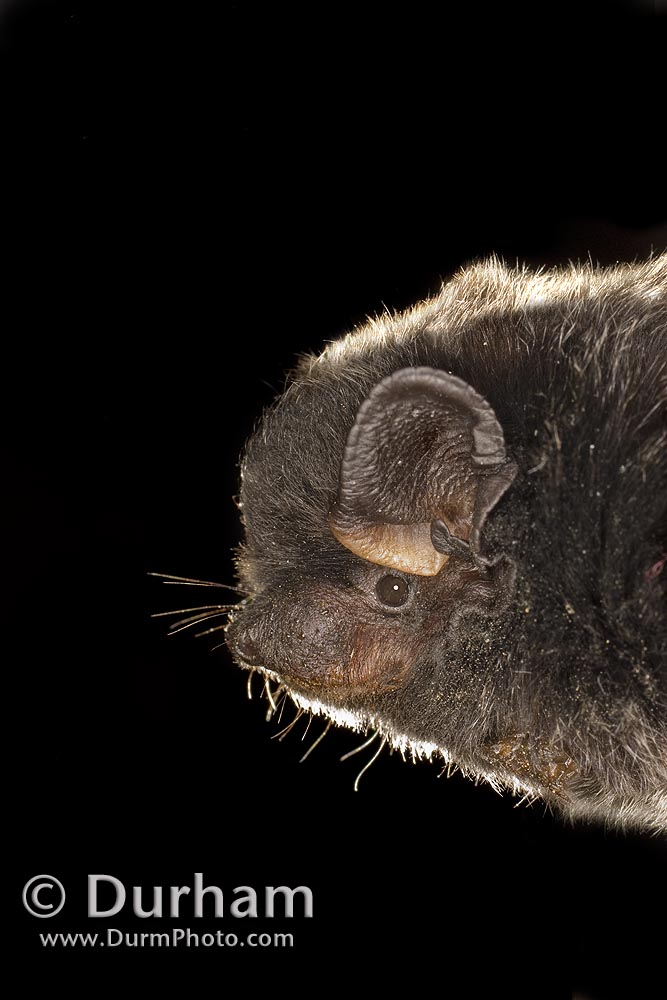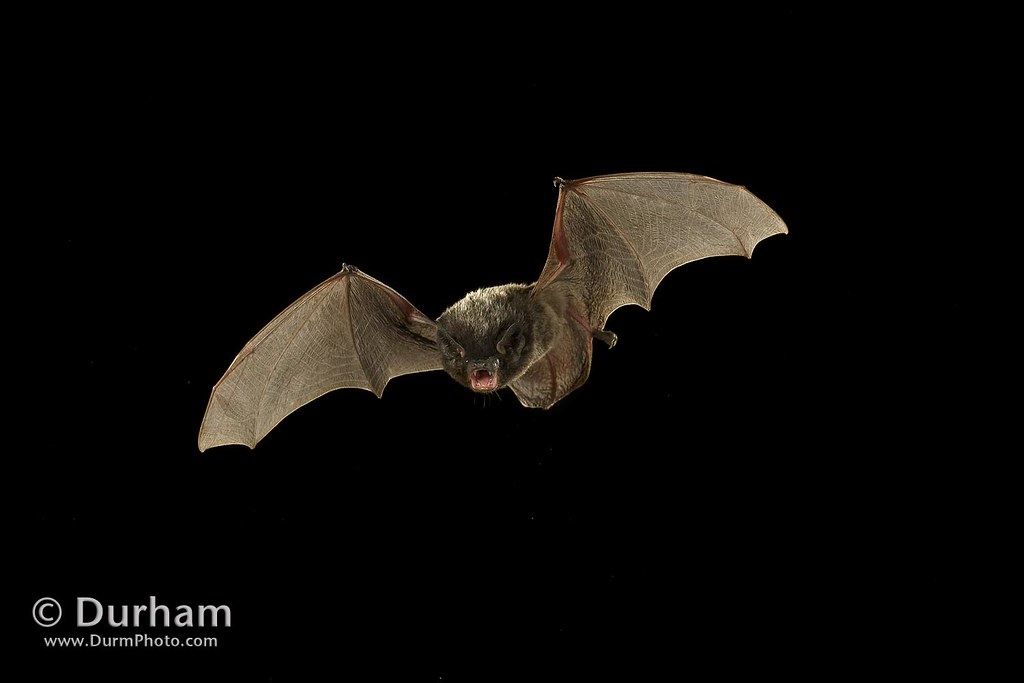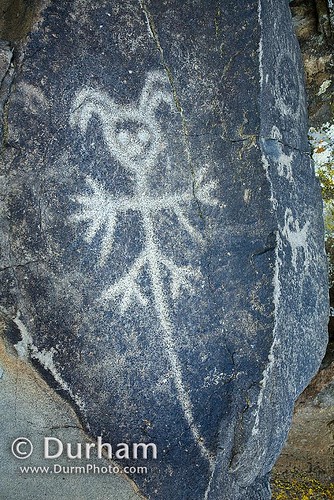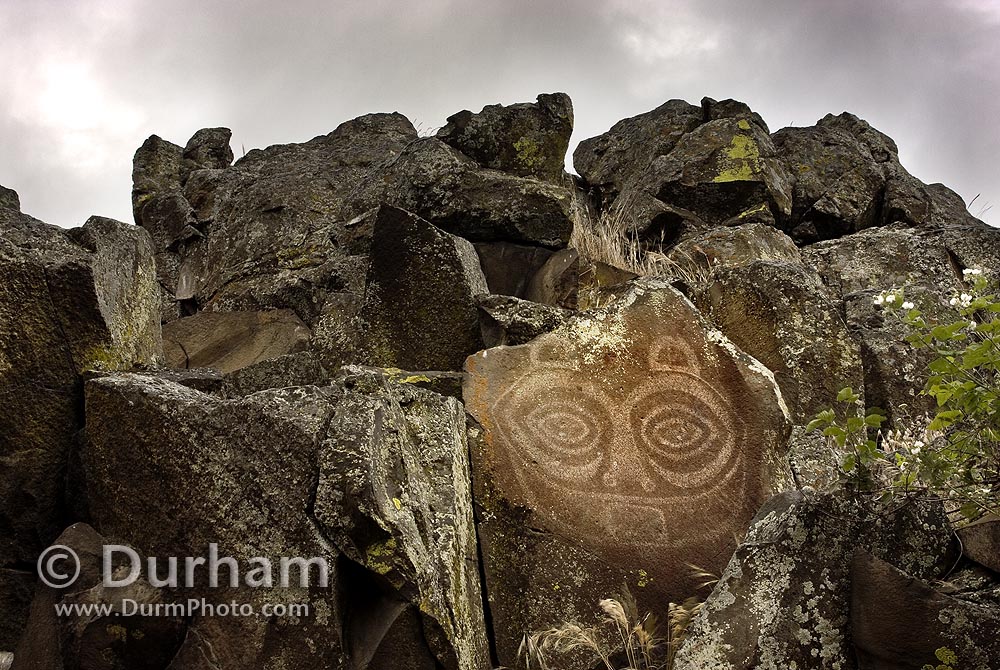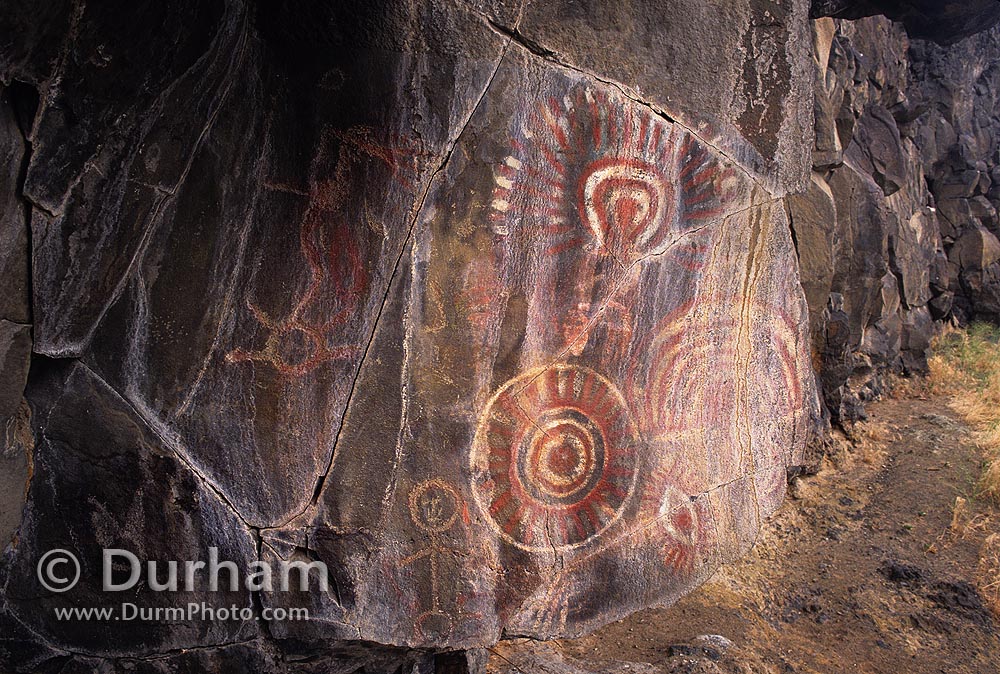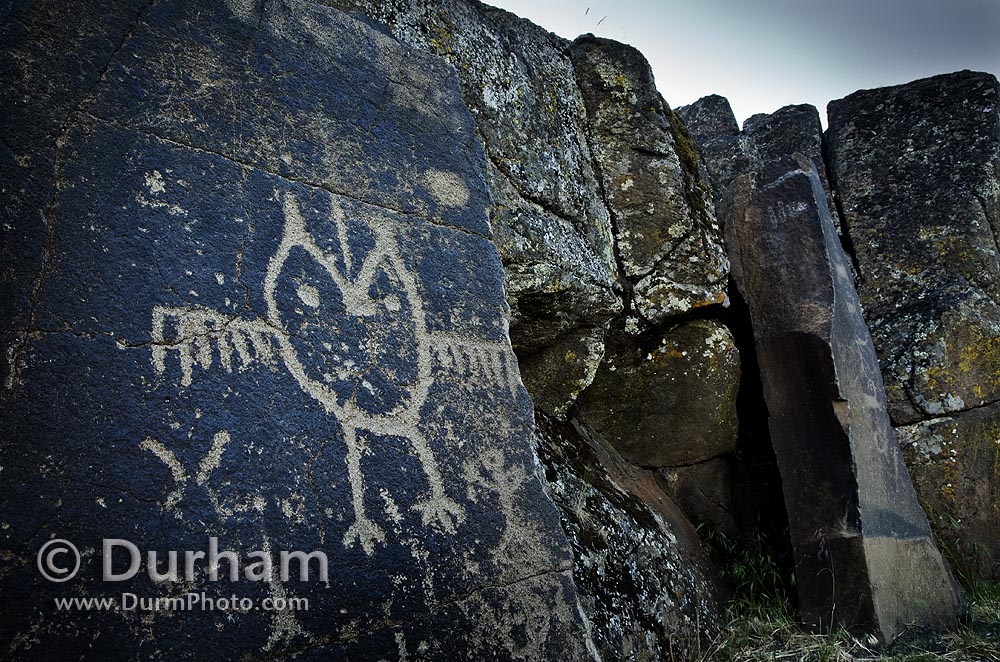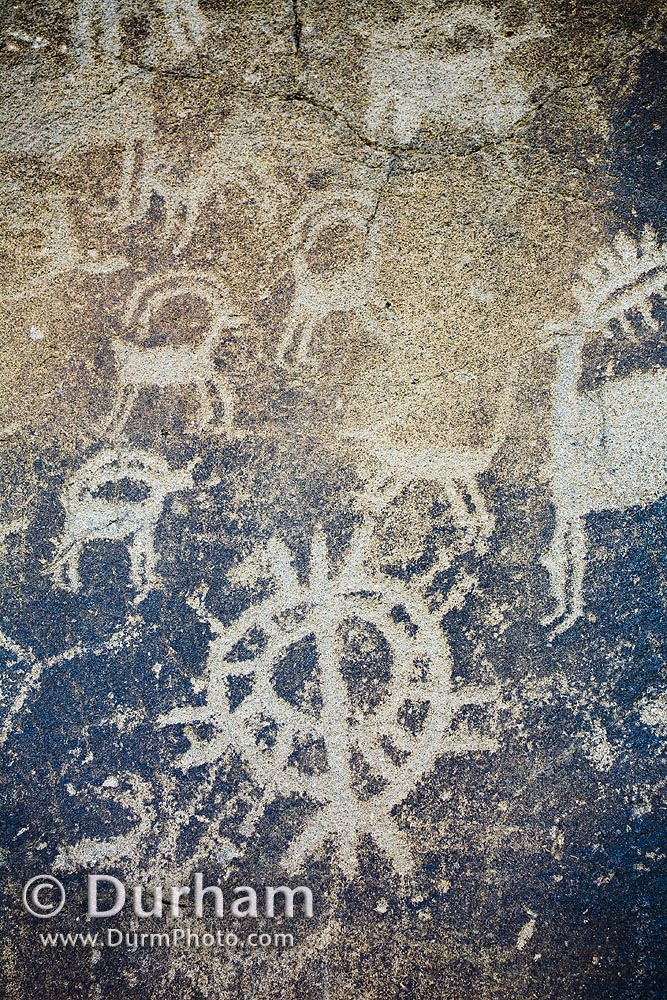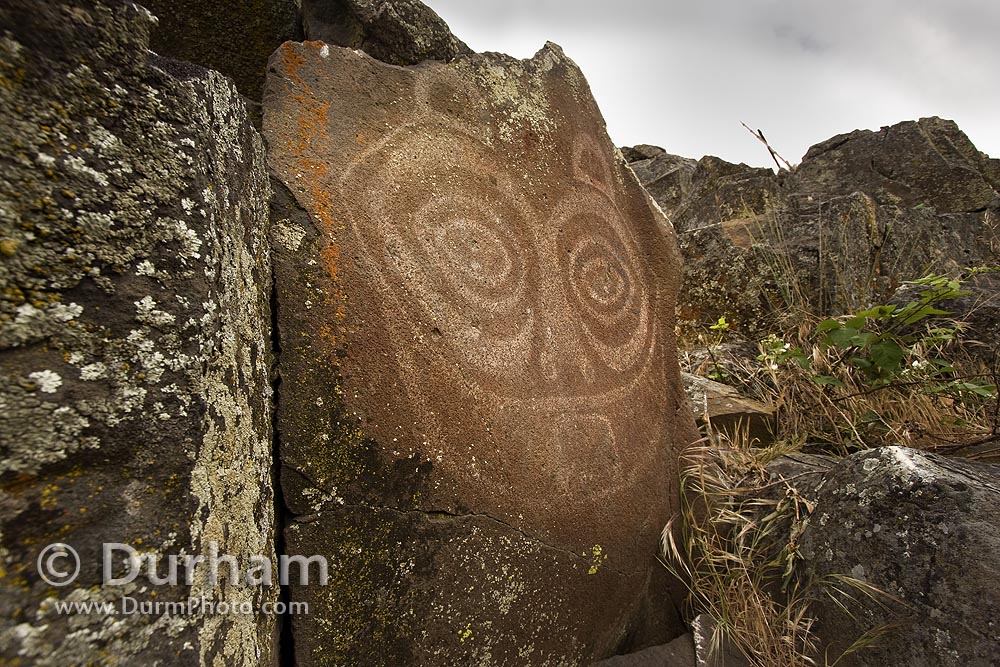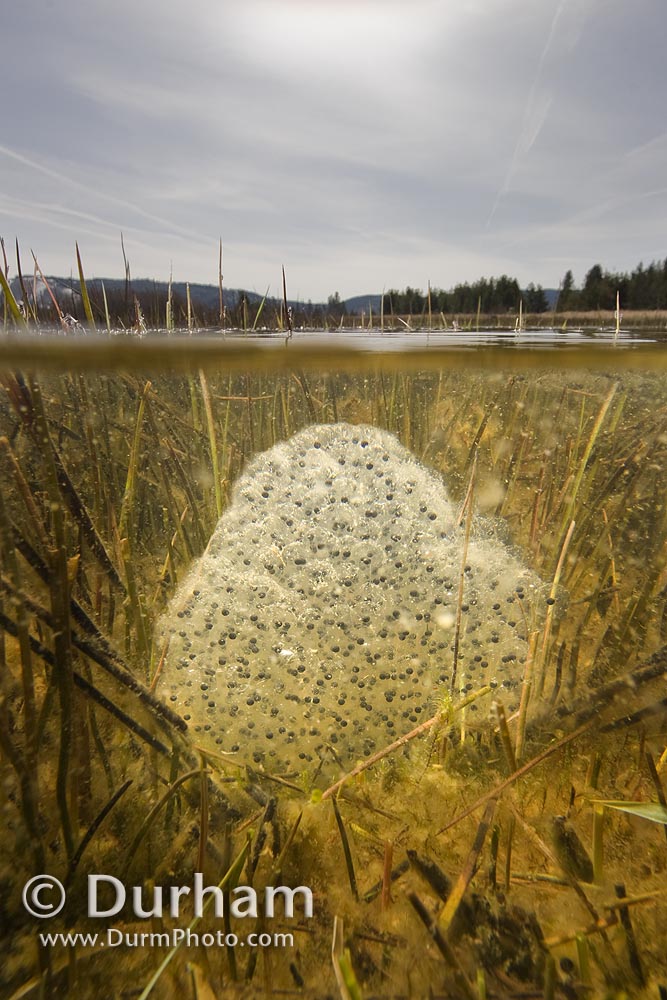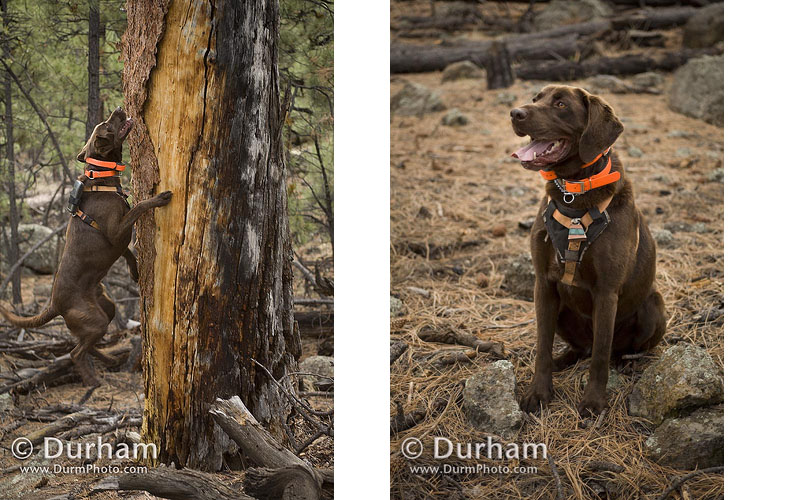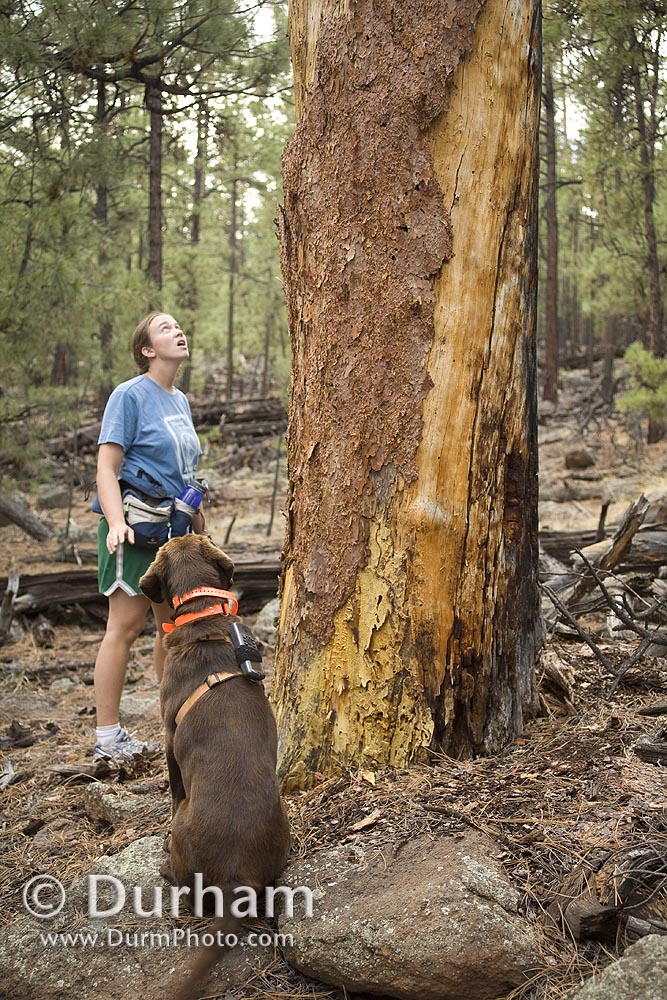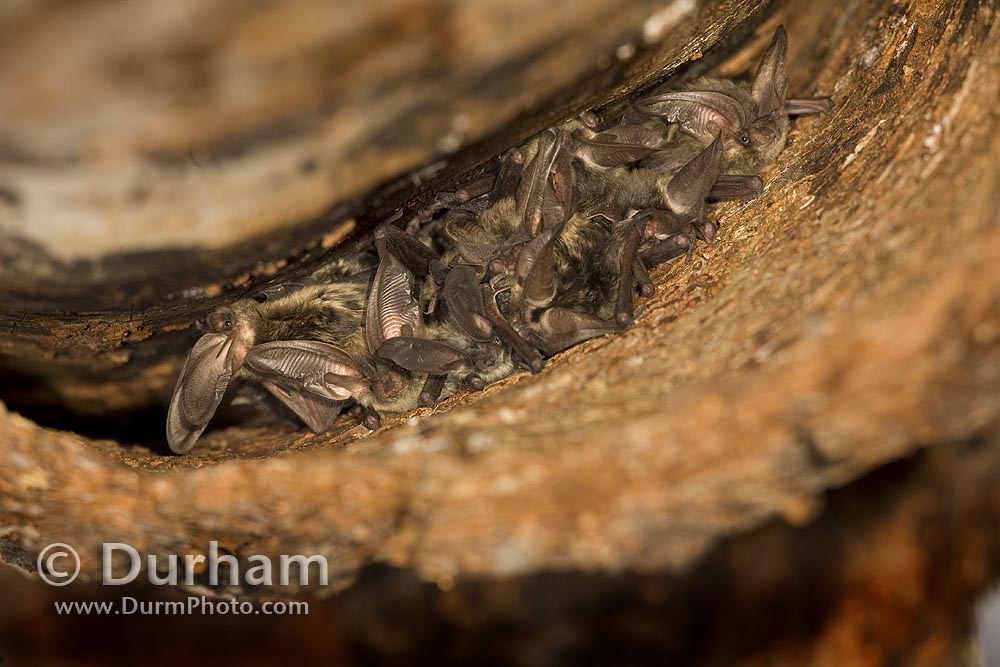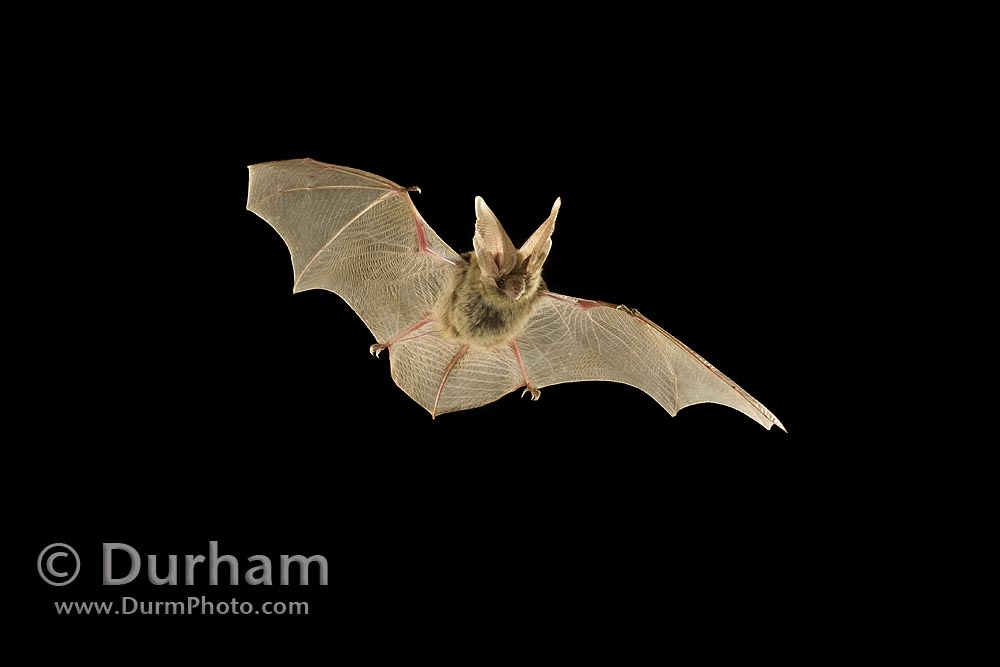I am sick of the rain. I grew up in Oregon and can revel in the wet weather, but this late winter and spring have been wetter than most, and I'm tired of the gloom.
In one of the few lucky breaks of sun that we have experienced lately, I made my way up to Mount Adams for a survey of oregon spotted frog egg clusters. Spotted frogs have declined in recent years due to a variety of reasons – some obvious (non-native frogs like bull frogs, wetland development) and some mysterious. They are not that easy to spot, but they are usually just under the surface so polarized sunglasses can help a lot.
Below, biologist Howard Browers from the U.S. Fish and Wildlife Service looks for egg masses
I had a chance to use my home-made underwater robot camera to grab a shot of the eggs just below the surface.
The the embryos develop faster in warm temperatures and on a sunny day the eggs nearest the top will grow faster than those at the bottom.
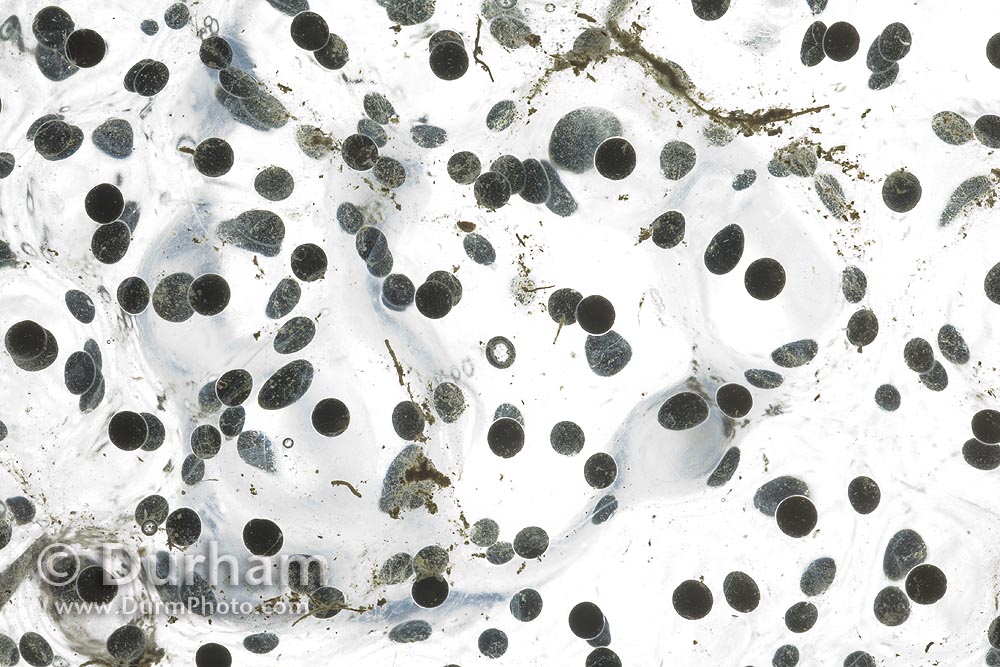
A gelatinous sticky mass holds the eggs together, and the embryos within the egg appear black.
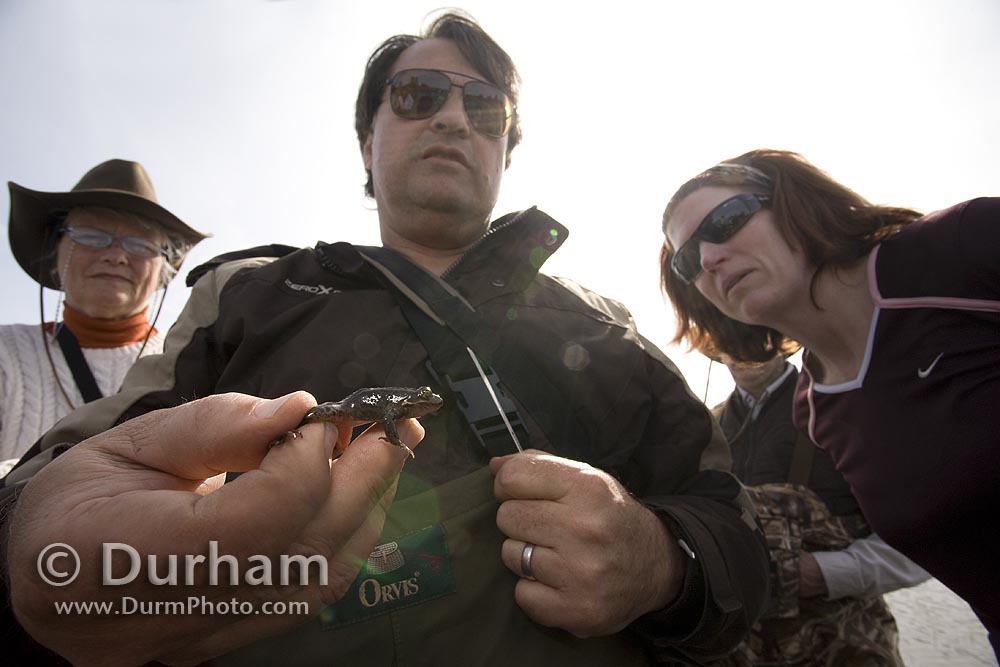
Occasionally you will even see an actual frog such as the juvenile being held by research scientist Mark Hayes.
The population of oregon spotted frogs in this lake refuge has declined precipitously in the last few years for reasons that are still unclear.
